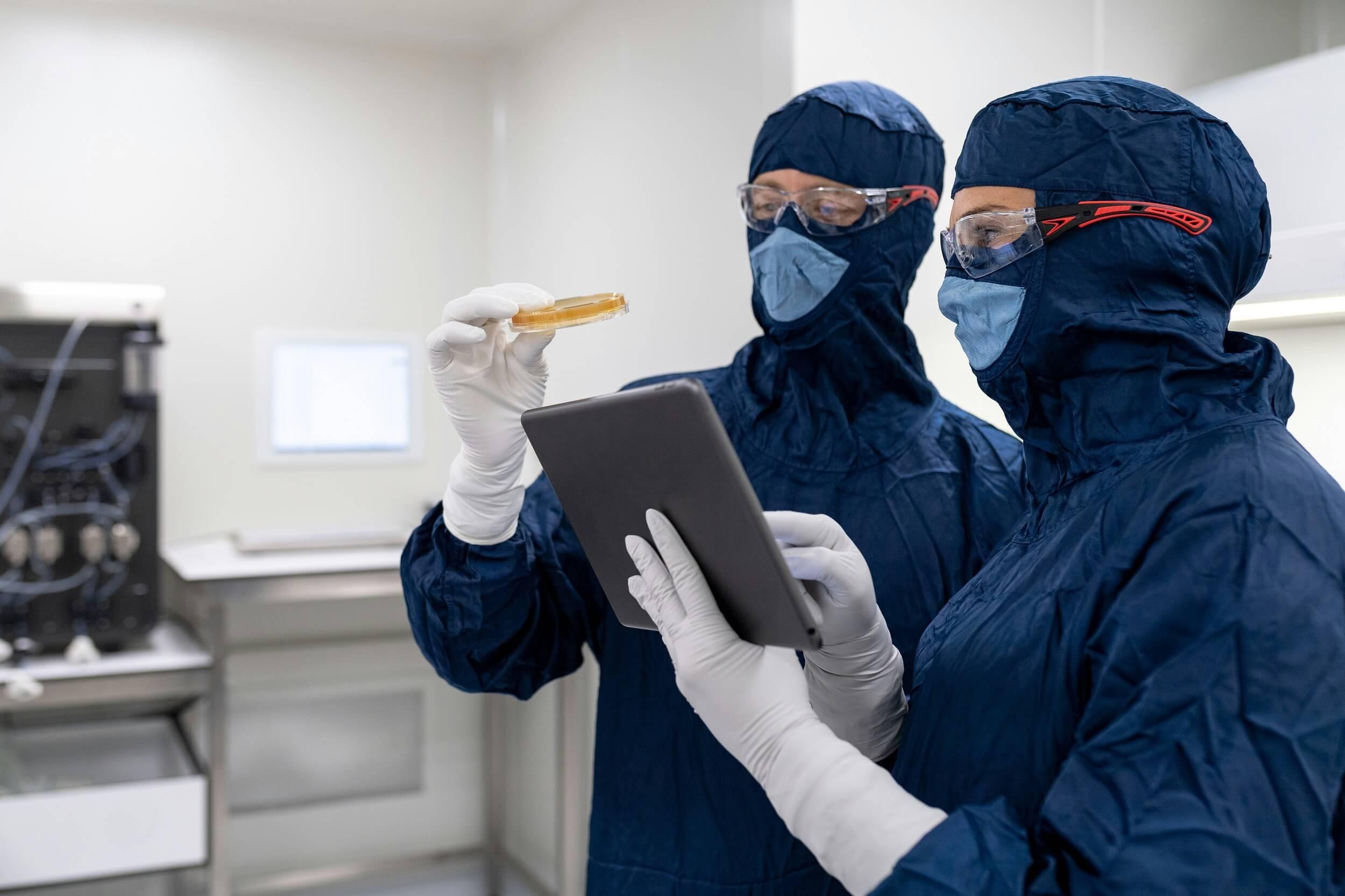Membrane Proteins and Nanodiscs: Advancing Structural and Functional Research

Introduction
Membrane proteins are essential for cellular processes like signaling, transport, and energy conversion. However, their hydrophobic nature and interactions with lipid bilayers make them difficult to study. Traditional methods, such as detergent solubilization, often distort their structure and function, limiting accurate analysis.
Nanodiscs provide a solution by offering a stable, native-like environment that preserves membrane protein integrity. These lipid bilayers, stabilized by scaffold proteins, allow for controlled, physiologically relevant studies. By enabling high-resolution structural analysis, functional assays, and drug discovery, nanodiscs are transforming membrane protein research and advancing our understanding of their roles in health and disease.
Membrane Proteins and Their Crucial Biological Roles
Membrane proteins are essential for several key cellular functions:
Signal transduction: Enable cells to respond to external signals (e.g., hormones, neurotransmitters).
Molecular transport: Facilitate the selective movement of ions, nutrients, and waste across membranes.
Cellular recognition: Act as receptors, mediating communication between cells and regulating immune responses.
These proteins are also major drug targets, including GPCRs and ion channels, making them critical for disease research. However, their study is complicated by their embedded nature in lipid bilayers. Traditional methods, like detergent solubilization, often disrupt their structure, hindering accurate analysis.
Nanodiscs—The Solution for Membrane Protein Research
Nanodiscs provide a breakthrough for studying membrane proteins by offering a stable, native-like environment. Key features of nanodiscs include:
Lipid bilayer core: Mimics the natural membrane environment, preserving protein structure and function.
Membrane scaffold proteins (MSPs): Stabilize the lipid bilayer, allowing membrane proteins to be embedded without disrupting their native conformation.
Controlled environment: Nanodiscs eliminate the need for detergents, avoiding protein denaturation.
These properties make nanodiscs ideal for:
Structural studies (e.g., cryo-EM, X-ray crystallography, NMR).
Functional assays: Studying protein-ligand interactions and enzymatic activities.
High-throughput screening: Facilitating drug discovery by maintaining protein activity in a controlled setting.
Nanodiscs not only preserve the integrity of membrane proteins but also enhance their stability, enabling more accurate and reproducible results in research.
Applications of Nanodiscs in Membrane Protein Research
Nanodiscs have become indispensable in a variety of research applications, particularly for membrane proteins:
Structural Studies:
Nanodiscs are crucial for high-resolution structural analysis using techniques like cryo-EM, X-ray crystallography, and solution-state NMR.
They enable researchers to capture membrane protein structures in their native, functional state, providing deeper insights into protein architecture.
Functional Assays:
Nanodiscs allow for real-time monitoring of protein-ligand interactions, enzyme kinetics, and ion transport across membranes.
They enable the study of membrane protein dynamics, including conformational changes that occur during activation or inhibition.
Drug Discovery:
Nanodiscs facilitate high-throughput screening for drug candidates targeting membrane proteins, especially for GPCRs, ion channels, and transporters.
By maintaining protein function, they provide a physiologically relevant platform for studying drug efficacy and potential side effects.
Nanodiscs offer versatility in experimental setups, bridging the gap between membrane protein research and practical applications in drug development and structural biology.
The Future of Nanodiscs in Membrane Protein Research
Nanodiscs are key to advancing membrane protein research in several areas:
Structural Insights:
Improvements in nanodisc technology will enable real-time studies of membrane protein dynamics and interactions.
Emerging Techniques:
Integration with single-particle cryo-EM and advanced NMR will provide more detailed structural data for challenging membrane proteins.
Drug Discovery & Vaccine Development:
Nanodiscs will play a crucial role in high-throughput screening of membrane protein-targeting drugs and in developing vaccines by presenting proteins in their native form.
Synthetic Biology & Biosensing:
Nanodiscs will facilitate the development of biosensors and drug delivery systems, integrating membrane proteins for new diagnostic and therapeutic tools.
As nanodiscs evolve, they will further enhance membrane protein research and open new possibilities in medicine and biotechnology.
Conclusion
Nanodiscs have revolutionized the study of membrane proteins, providing a stable, native-like environment that preserves their structure and function. This breakthrough technology enables high-resolution structural analysis, functional assays, and drug discovery, all while maintaining protein integrity. As advancements continue, nanodiscs will play an increasingly vital role in understanding membrane protein dynamics and interactions, driving forward both basic research and therapeutic development.
Their ability to bridge the gap between structural biology and drug discovery marks them as a cornerstone technology in modern biochemical research, with vast potential for future applications in medicine, biosensing, and synthetic biology.
- AI
- Vitamins
- Health
- Admin/office jobs
- News
- Art
- Causes
- Crafts
- Dance
- Drinks
- Film
- Fitness
- Food
- Games
- Gardening
- Health
- Home
- Literature
- Music
- Networking
- Other
- Party
- Religion
- Shopping
- Sports
- Theater
- Wellness


